Seagulls have long been iconic symbols of the coast, often depicted gliding gracefully over the ocean waves. However, recent observations have unveiled a fascinating shift in their behavior that is captivating scientists and nature enthusiasts alike. Seagulls are now embarking on long voyages, trailing ships for thousands of miles. This phenomenon, while intriguing, raises new questions about their migratory patterns, adaptability, and the impact of human activity on wildlife. Let’s dive into the reasons behind this remarkable behavior.
Understanding Seagulls: An Overview

Seagulls, scientifically known as members of the family Laridae, are a group of seabirds found along coastlines worldwide. Known for their adaptability and resourcefulness, seagulls inhabit a variety of environments, from urban areas to remote islands. Their ability to thrive in different habitats is a testament to their resilience, which is further exemplified by their newly emerged ship-following behavior.
Why Seagulls Follow Ships

The primary reason seagulls trail ships for vast distances is the promise of food. Ships often dispose of waste, inadvertently providing a constant source of nourishment for these opportunistic feeders. The steady supply of scraps and organic waste from fishing vessels and cargo ships attracts seagulls, prompting them to follow these floating restaurants across the oceans.
The Impact of Human Activity on Seagull Behavior
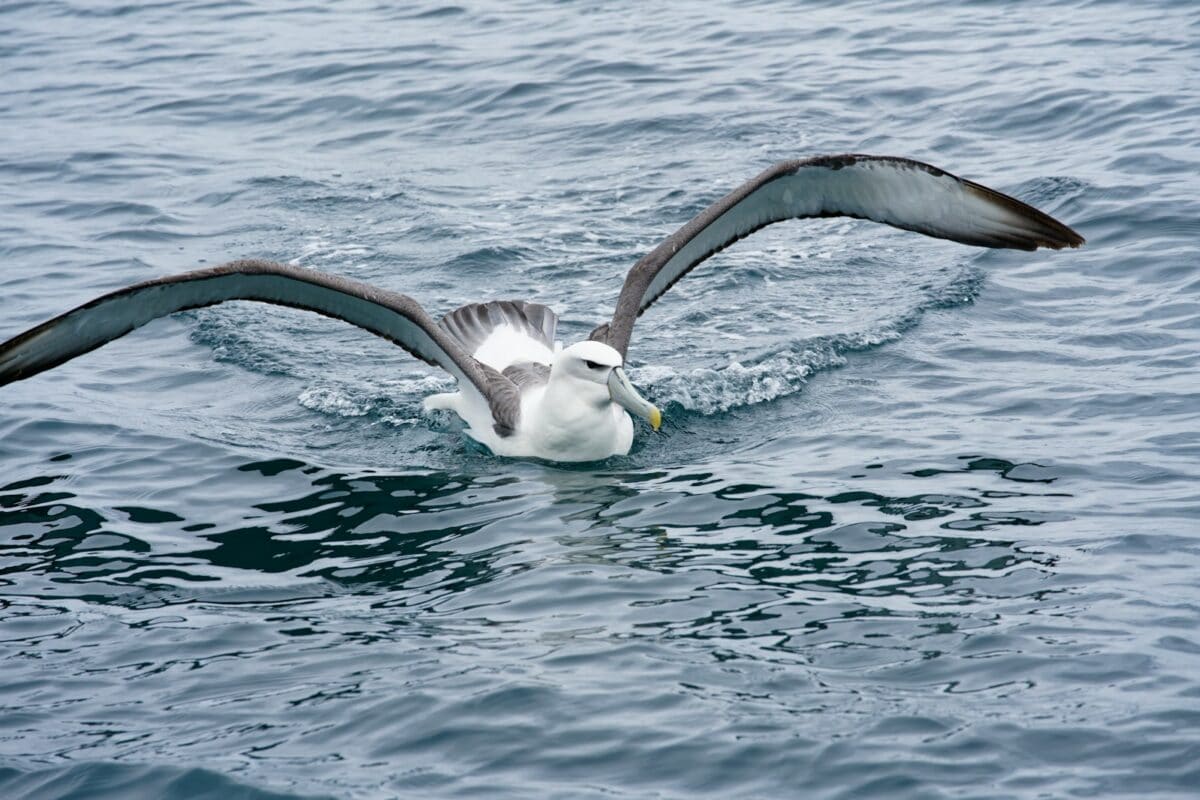
Human activity significantly influences the behavior of wildlife, and seagulls are no exception. The abundance of food sources related to maritime activity has not only altered their feeding patterns but also encouraged them to travel longer distances than before. This new behavior underscores the broader impact of human practices on animal habits and ecosystems.
Navigational Skills of Seagulls
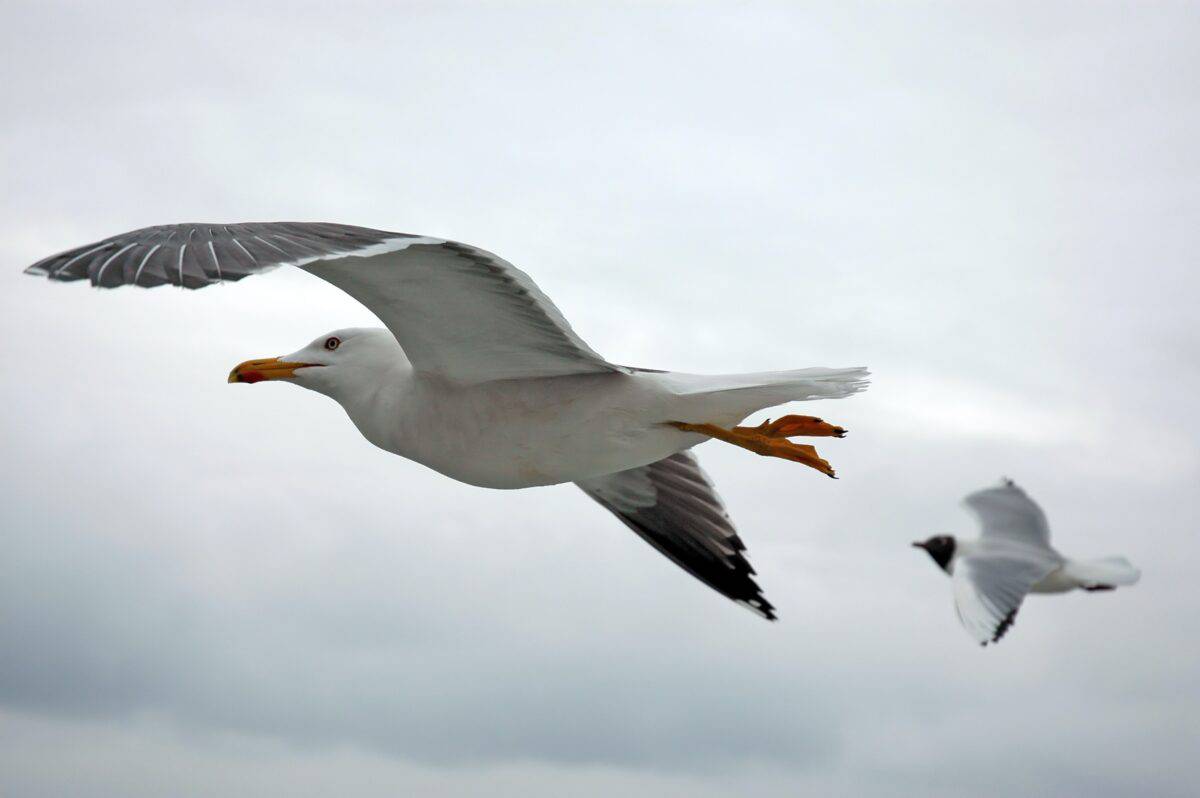
Seagulls possess remarkable navigational skills, which enable them to follow ships over vast distances. Their keen senses, particularly their sight, allow them to track vessels effectively. Additionally, their understanding of environmental cues, such as wind patterns and ocean currents, aids them in their long nautical journeys.
Migratory Patterns: An Evolutionary Perspective
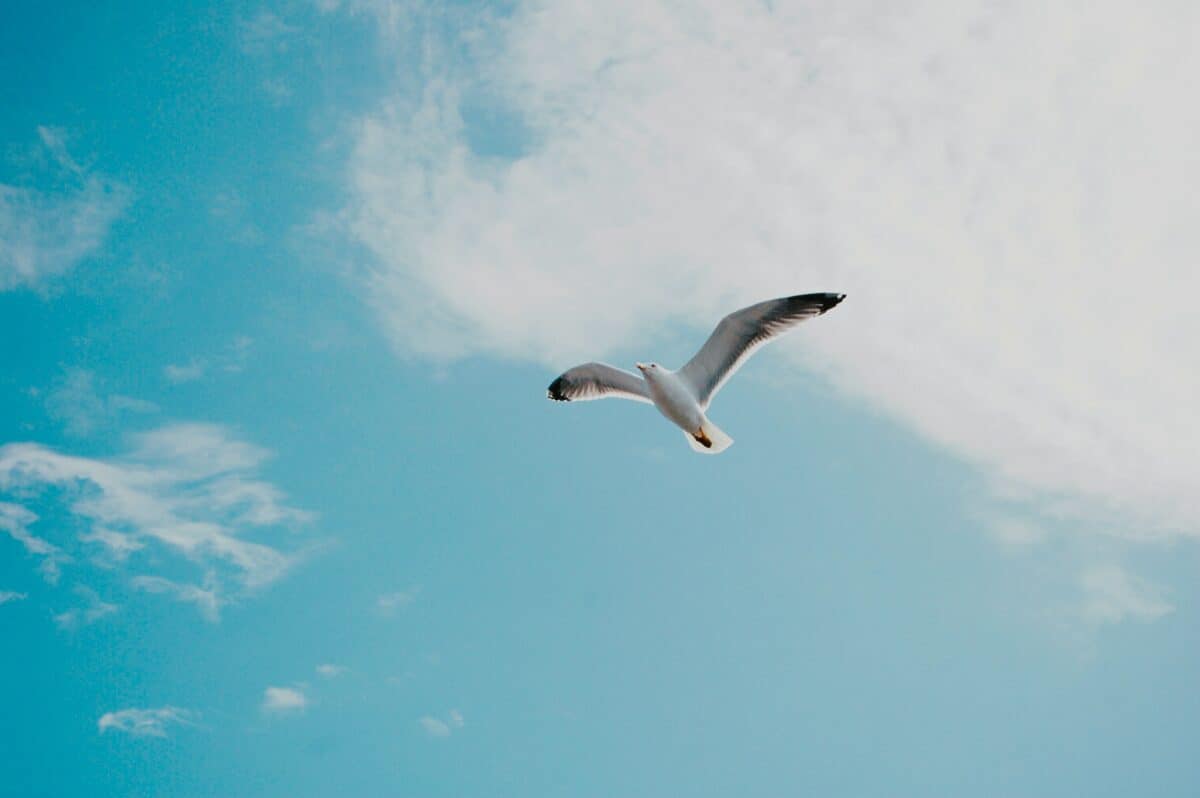
Migratory behaviors in birds are typically influenced by genetic and environmental factors, and seagulls are no different. Traditionally migratory during certain seasons, these birds now exhibit altered patterns due to food availability from human sources. This adaptive behavior is indicative of their evolutionary flexibility, showcasing their ability to adjust to changing environments.
Energy Conservation Strategies
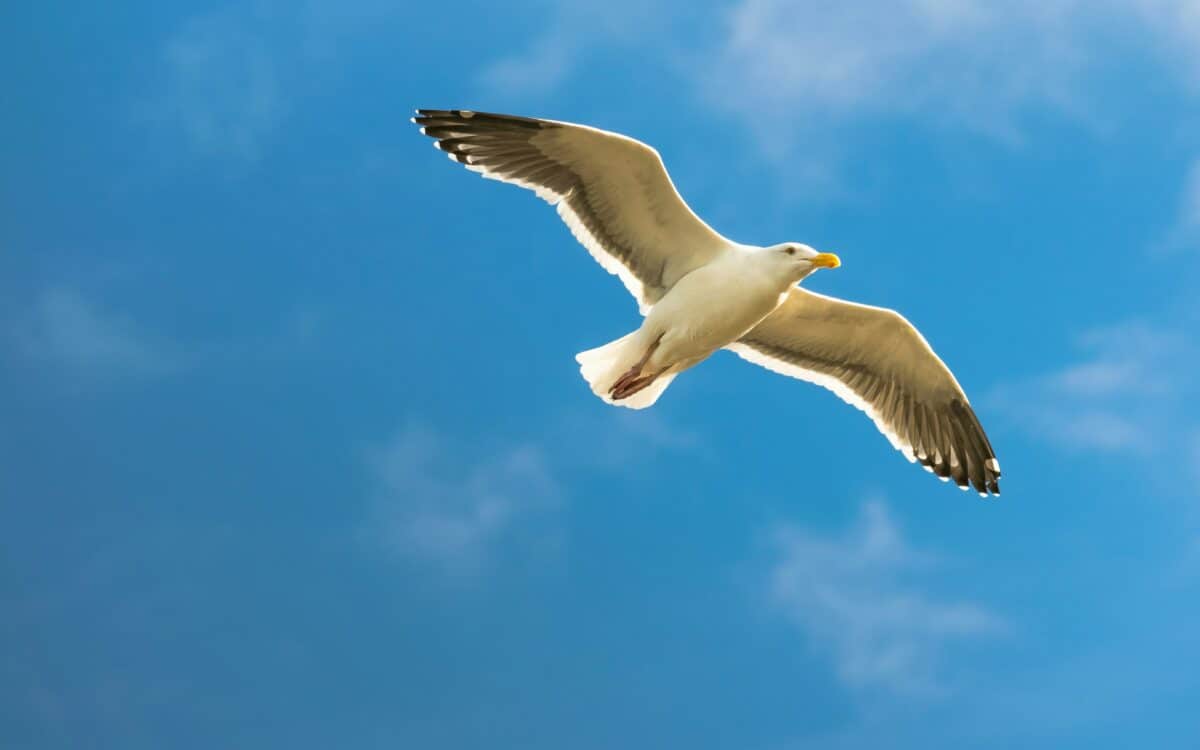
While following ships can be resource-intensive, seagulls employ various strategies to conserve energy during their long flights. They glide rather than flap their wings extensively, taking advantage of air currents to remain airborne with minimal effort. This energy-efficient flying technique allows them to cover extensive distances while preserving stamina.
Social Behavior Among Seagulls
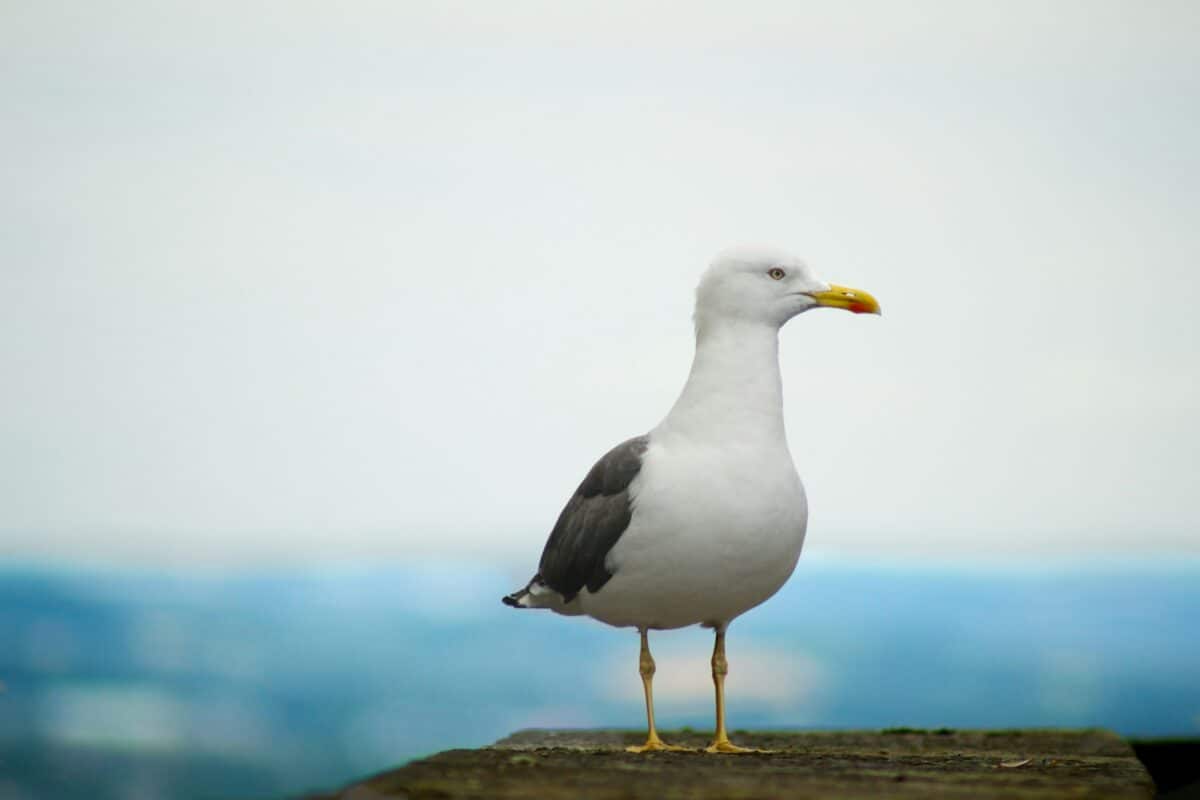
Seagulls are social creatures that often travel in groups, which enhances their safety and food-finding success. When following ships, they often gather in flocks that can number in the hundreds, coordinating their movements to maximize their foraging success. This group behavior not only aids in locating food but also in deterring potential predators.
Technological Advances in Studying Seagulls
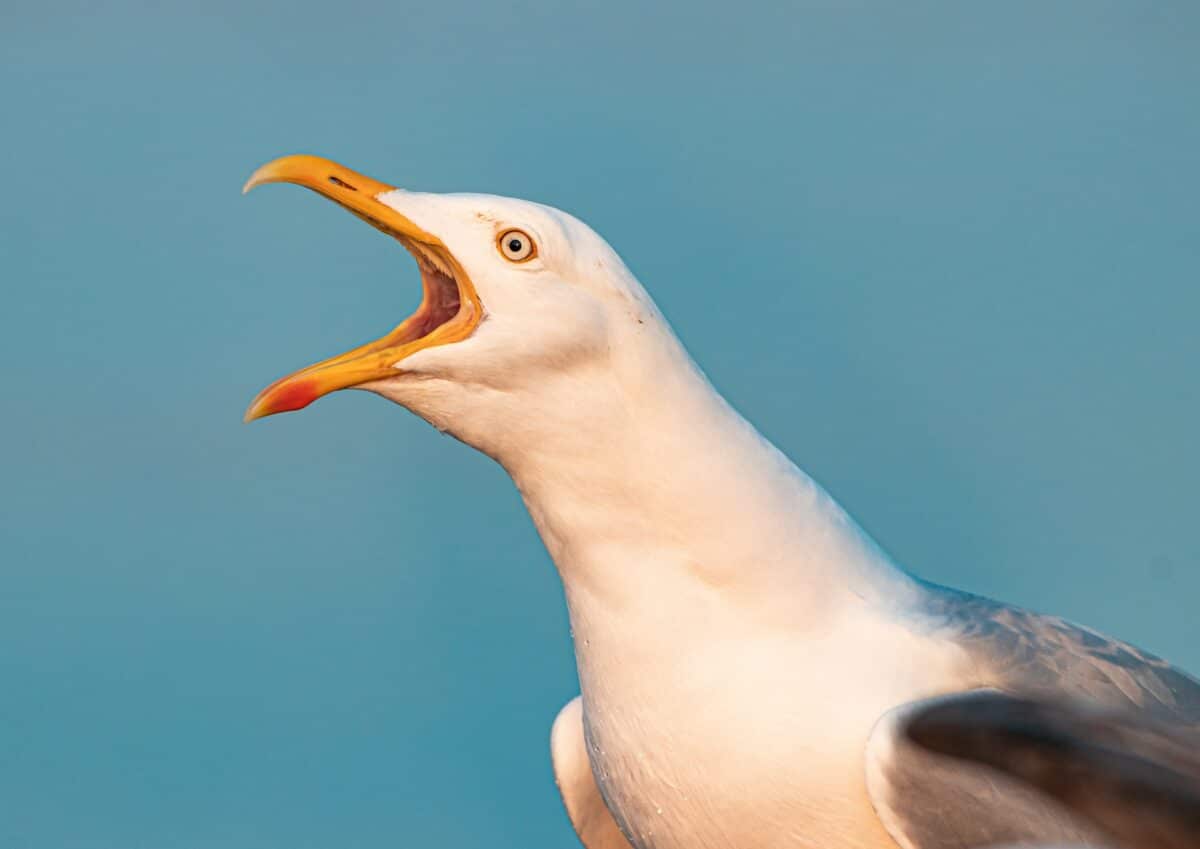
Recent advancements in tracking technology have allowed scientists to monitor seagull movements with unprecedented accuracy. GPS devices and satellite tracking have provided insights into their travel patterns, offering a comprehensive view of their ship-following behavior and aiding in the study of their ecological impact and conservation needs.
Potential Risks and Challenges
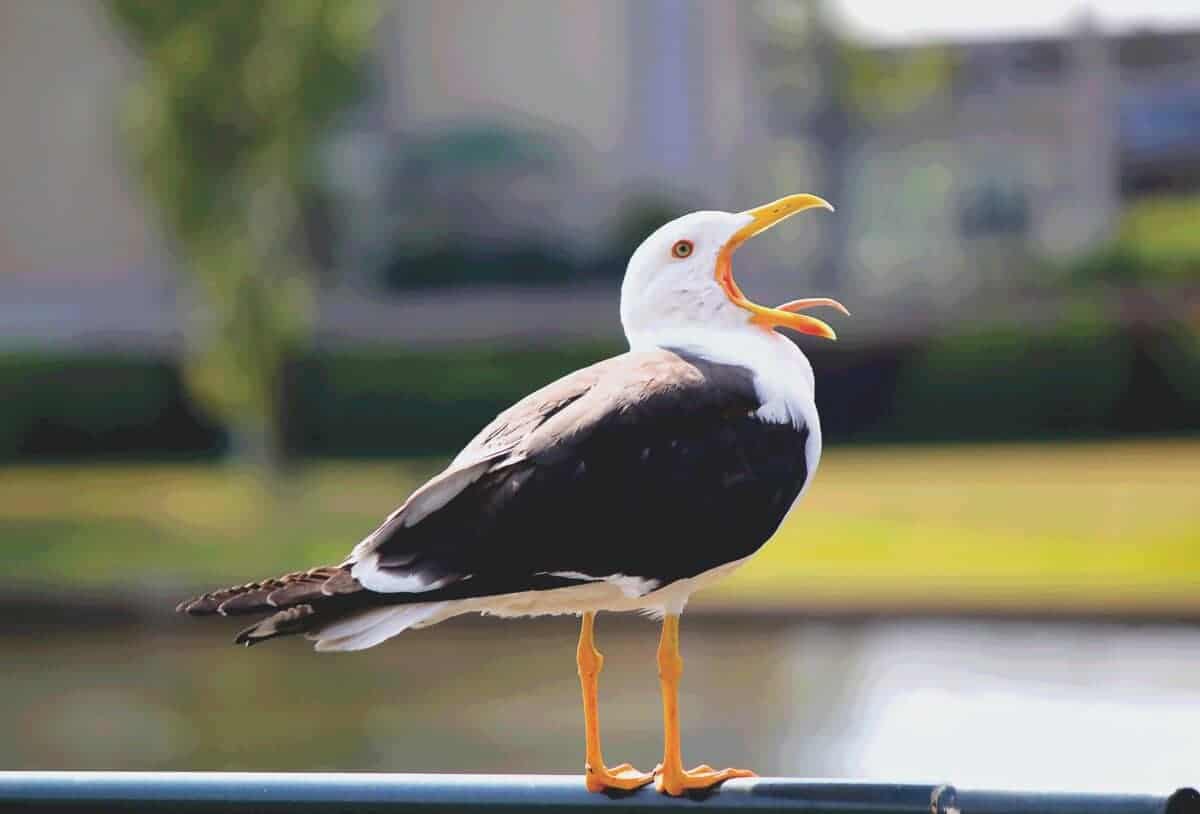
While the ship-following behavior of seagulls is captivating, it poses certain risks. Prolonged reliance on human-generated waste as a food source may affect their natural foraging skills and nutritional balance. Additionally, the presence of large numbers of birds near ships can pose challenges for maritime operations and increase the risk of bird strikes.
Implications for Seagull Populations
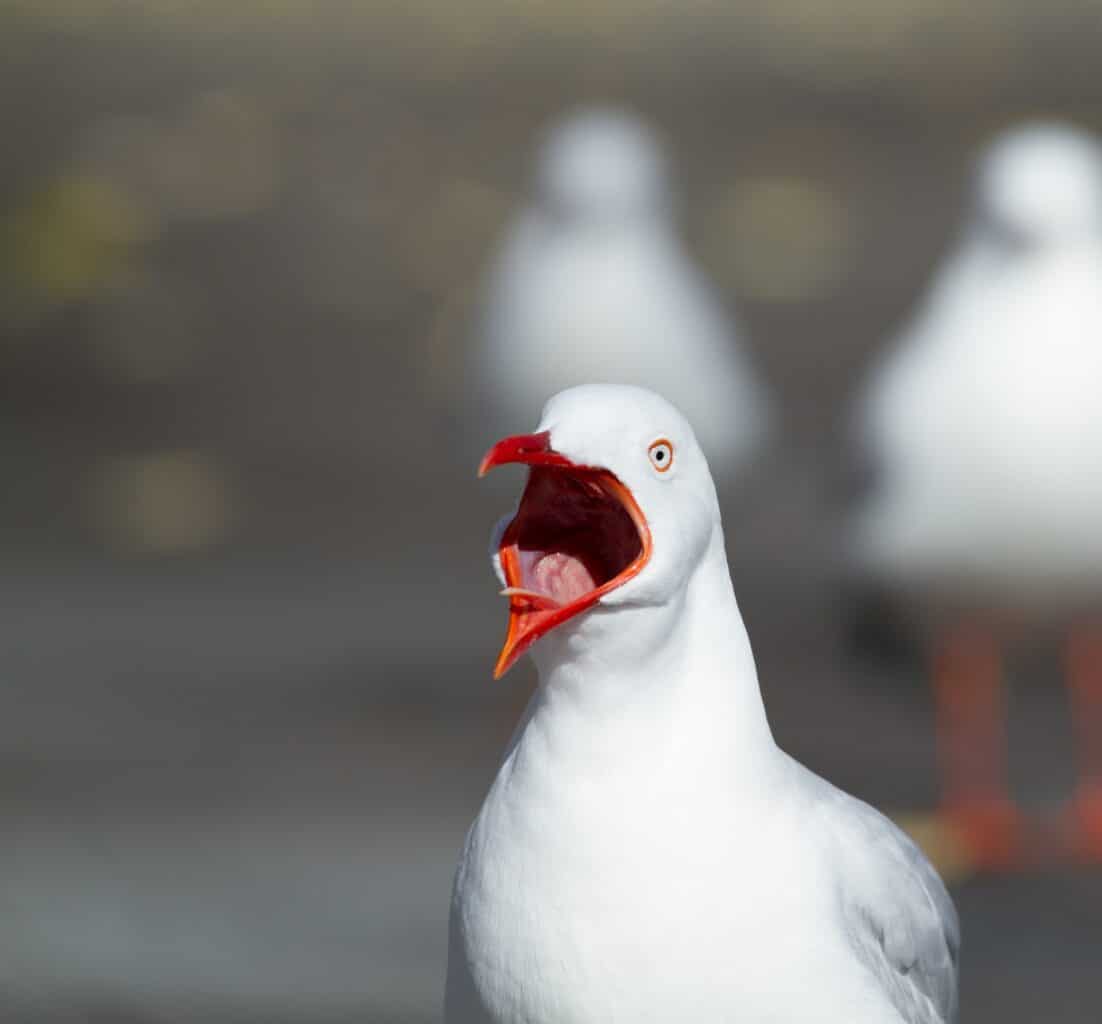
The behavioral changes observed in seagulls may have long-term implications for their populations. While some may benefit from the increased food supply, others could suffer as their natural behaviors and health are impacted. Monitoring these population dynamics is crucial for understanding and mitigating potential adverse effects.
Our Role in Shaping Wildlife Behavior

Humans play a significant role in shaping the behavior of wildlife, often through unintended consequences. As we continue to learn about the intricate relationships between human activities and animal behaviors, it becomes increasingly important to consider our impact on ecosystems. Sustainable practices can help minimize negative effects and preserve the delicate balance of marine environments.
Future Research and Conservation Efforts
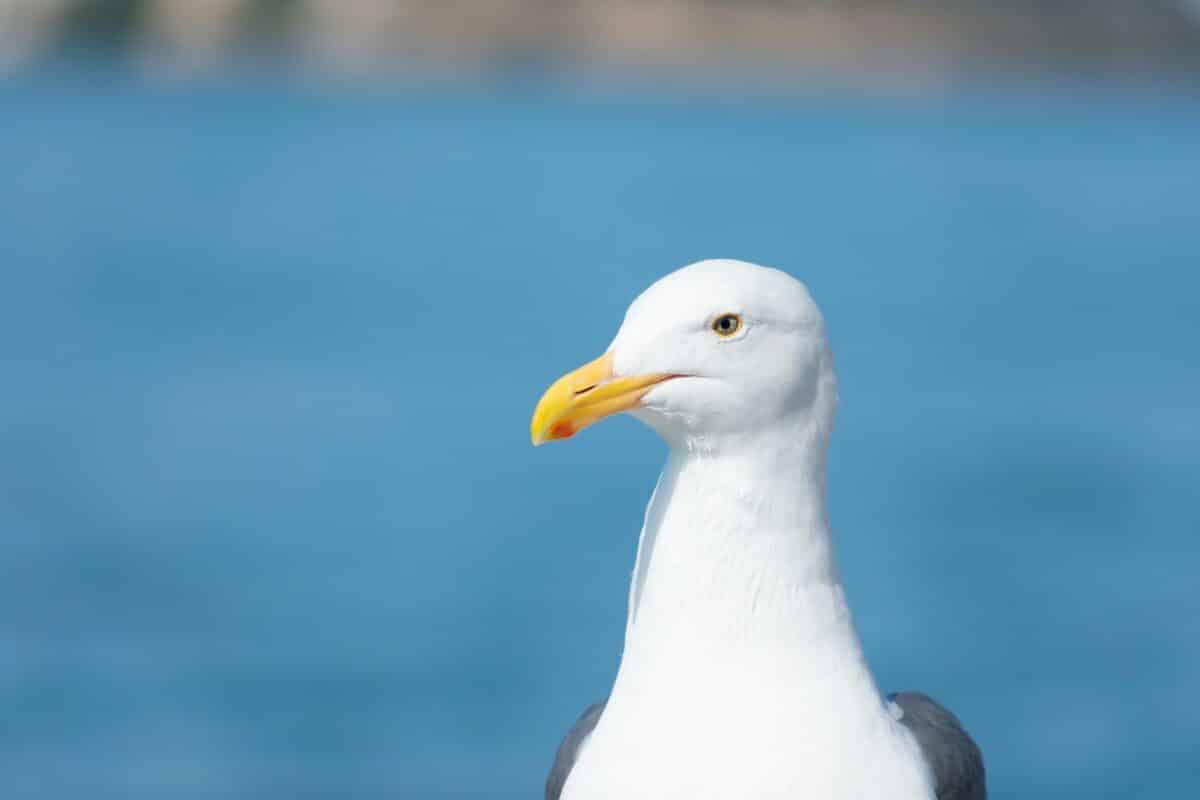
The phenomenon of seagulls following ships for thousands of miles presents an exciting opportunity for further research. Understanding the nuances of this behavior can shed light on broader ecological trends and guide effective conservation strategies. Collaborative efforts between scientists, policymakers, and the maritime industry are essential to address the challenges and opportunities posed by these dynamic interactions.
The emergence of seagulls following ships over great distances illustrates both their adaptability and the far-reaching impact of human activities on wildlife. By observing and understanding these patterns, we can take steps to ensure that our actions support the well-being of these resilient birds and their ecosystems. The story of the seagull is a reminder of the interconnectedness of all life on Earth and our responsibility to steward it wisely.
- This Fish Has the Most Teeth in the Ocean—And Uses Them Well - August 9, 2025
- How Wolves Use Group Howls to Reunite With Pups - August 9, 2025
- 12 Dog Breeds That Form the Deepest Emotional Bonds with Their Owners - August 9, 2025

